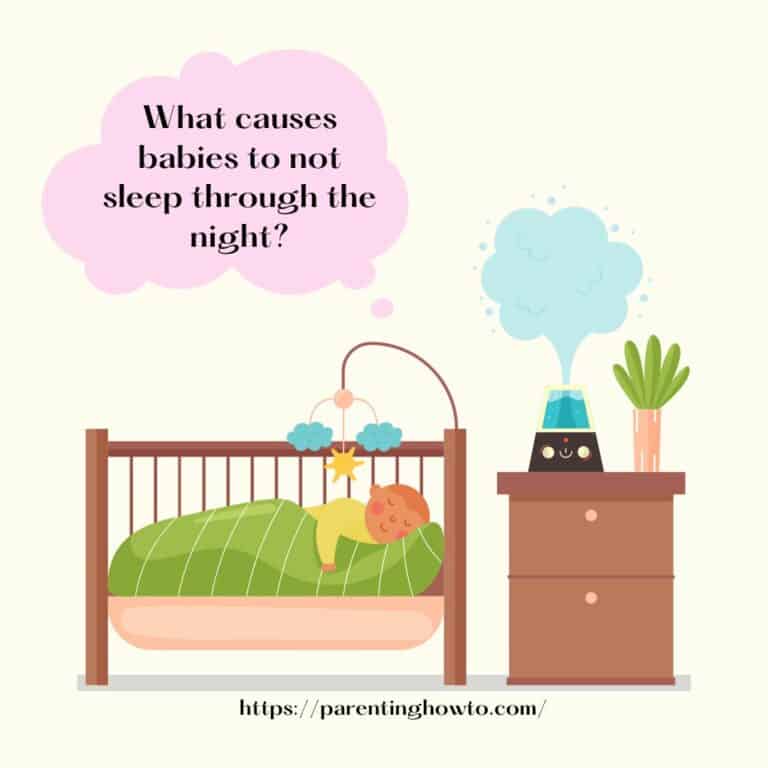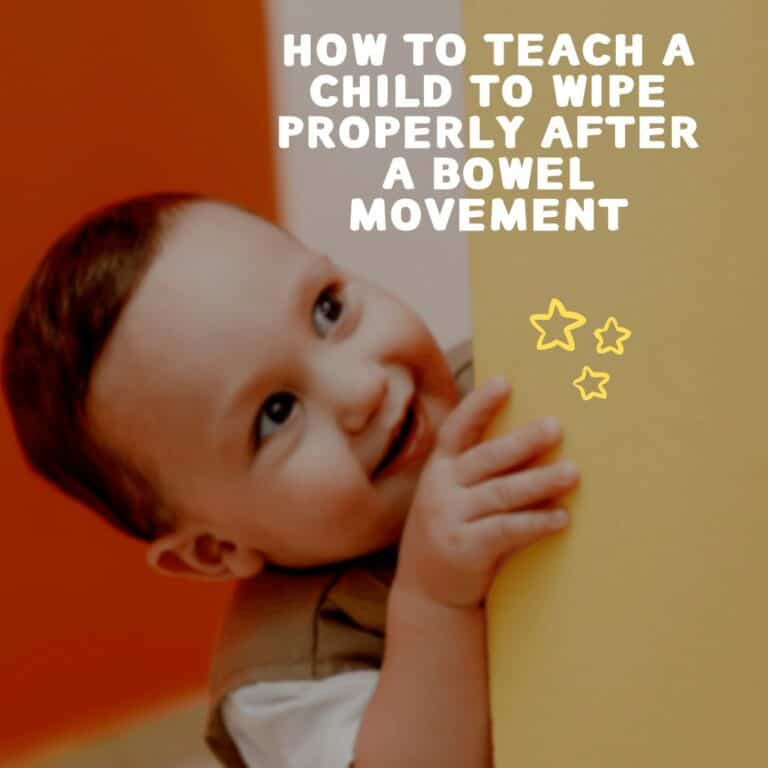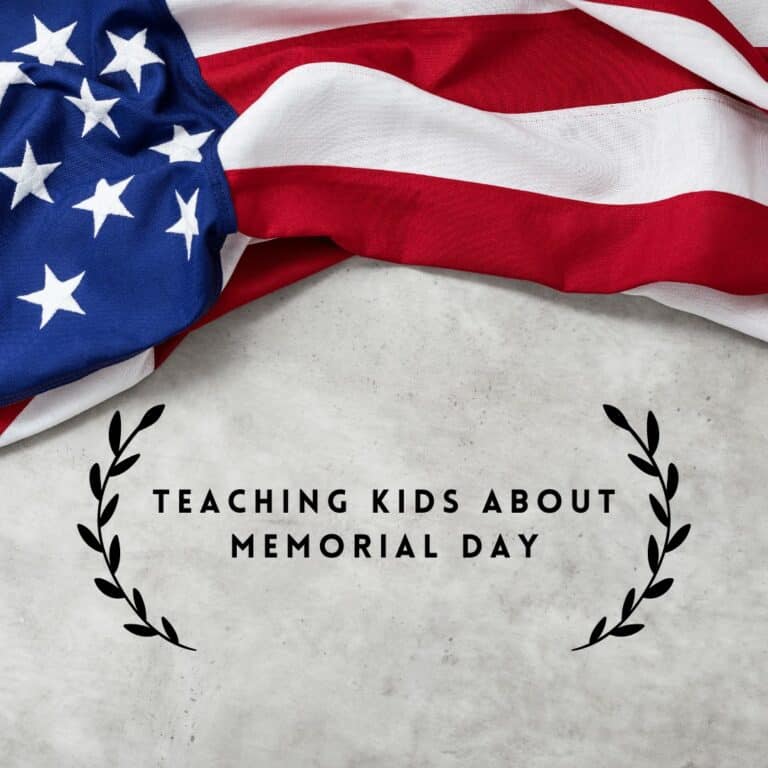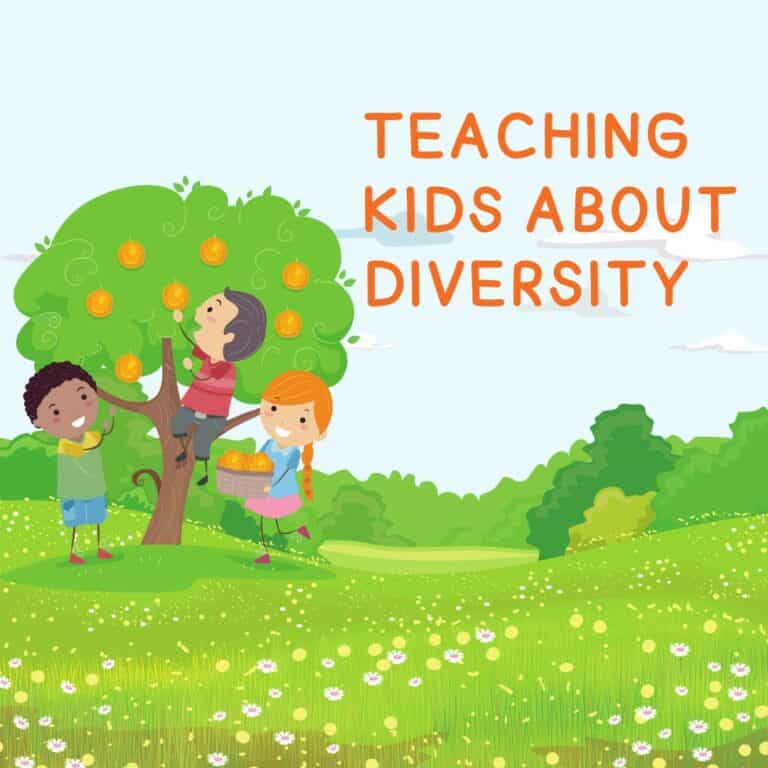Are you expecting a new addition to your family? Trying to decide how many pieces of clothing your baby will need? Don’t worry, we’ve got you covered. Read on for tips and tricks on how to determine the number of items of clothing your little one will need.
How Many Outfits Should a Baby Have?

A baby should have at least five to seven outfits, no matter the season. For winter babies, one layer of extra-warm outerwear is a must. In warmer climates, a winter coat with warm pants is enough. Depending on how frequently you plan to change your baby’s clothes, you may want more outfits. It is recommended that you have at least 2-3 pairs of pants and 4-7 onesies or bodysuits in each size throughout your baby’s first year. You may also want to consider adding some footed pajamas and other items like socks, hats, mittens or bibs for extra warmth and protection against messes. Remember that it’s always better to be prepared than sorry when it comes to caring for your little one!
Layette Basics

Layette Basics is a term used to describe the essential items of clothing and accessories that your baby needs to be comfortable and safe. A basic layette set will typically include items such as bodysuits, sleepsuits, hats, socks and a homecoming outfit. Bodysuits are the most comfortable and practical way to dress your newborn; they should be made of cotton which is soft and breathable for baby’s gentle skin. Pants can also be included in the layette for extra warmth during colder months. Hats are essential for protecting your baby from sunburn or cold weather; you may also need additional items such as mittens, booties or blankets depending on the season. Finally, don’t forget a special outfit for bringing your little one home from hospital!
Types of Clothing
Clothes are an essential part of our lives, and there are many different types of clothing to choose from. From casual wear to formal attire, there is something for every occasion. Here is a look at some of the most common types of clothing:
Casual Wear: Casual wear is the type of clothing we typically wear on a daily basis. This type of clothing includes items like jeans, t-shirts, shorts, dresses, and more. It’s usually comfortable and great for everyday activities.
Formal Wear: Formal wear is usually worn to special occasions such as weddings or job interviews. This type of clothing includes suits, dress shirts, dresses and skirts with blazers or jackets.
Athletic Wear: Athletic wear is designed specifically for exercising or playing sports. This type of clothing includes items like yoga pants, running shorts, tank tops, gym shorts and more.
Workwear: Workwear includes clothes that are appropriate for your workplace environment such as uniforms or business casual attire like khakis and dress shirts with ties or blazers.
Swimwear: Swimwear consists of items specifically designed to be worn in the water such as swimsuits, rash guards and swim trunks.
That’s all you need to know about the different types of clothing out there! With these basics in mind you can easily find something suitable for any occasion!
Outerwear and Accessories

Outerwear and accessories are essential for keeping your baby warm and comfortable. From hats, mittens, and coats to booties and blankets, these items can complete any outfit. Before heading out the door with your little one, make sure they’re bundled up in the right kind of outerwear and accessories.
Hat: A hat is a must-have item for babies during fall and winter months. Make sure you have at least one hat that covers their ears to keep them extra warm on cold days.
Mittens: Mittens or fingerless gloves can be paired with a baby’s coat or snowsuit to keep their hands extra protected against the cold weather. Look for mittens that are lined with soft fabrics like fleece or cotton for added warmth.
Coat: Choose a coat that is lightweight yet warm enough to provide insulation against cold temperatures. Look for styles with hoods or collars that can keep your baby’s neck warm and protected against harsh winds.
Booties: Booties are the perfect way to keep your baby’s feet warm on chilly days while still allowing them some freedom of movement. Choose soft materials like suede, sheepskin, cotton, or wool-blend booties that can provide insulation while also being breathable enough to ensure comfort throughout wear time.
Blanket: A blanket is an essential item when taking baby out in colder weather – it can be used as an extra layer of warmth around the car seat, stroller, or carrier as needed. Look for blankets made from natural fibers like wool or cashmere which will provide superior insulation without being too bulky or heavy for travel purposes.
Footwear for Babies

Footwear for babies is essential for their comfort and protection. It’s important to choose shoes that are comfortable and fit properly, so it’s worth investing some time in finding the right pair.
When buying footwear for babies, it’s important to look for breathable material such as canvas or leather that won’t irritate delicate infant skin. Avoid synthetic materials like plastic or vinyl which can cause excessive sweating and discomfort. Shoes should also be lightweight and flexible, with plenty of room in the toe box so baby’s feet can move freely.
Choose a pair of shoes with a non-slip sole to prevent slipping on wet surfaces or carpeted floors. Additionally, try to find shoes that have adjustable straps so they can grow with your baby’s feet as they develop.
When fitting shoes for your baby, make sure that there is enough room to accommodate their foot growth without being too snug or uncomfortable. Try them on at the end of the day when your baby’s feet are likely to be swollen from walking around during the day – you want them to have enough space so they won’t feel cramped after wearing them all day long!
Finally, make sure you inspect any new pairs of shoes before putting them on your baby’s feet – look out for any loose threads, sharp edges or other signs of poor construction which could potentially cause harm if left undetected.
Choosing the right pair of footwear for babies will ensure their comfort and safety both indoors and outdoors – take some time to find a pair that fits perfectly and looks good too!
Sleepwear and Nighttime Clothes

When it comes to dressing your baby for nighttime, the goal is to keep them comfortable and safe. It’s important to dress them in enough clothing layers to keep them warm without the need for blankets, which can pose a suffocation risk. Having four pieces of sleepwear is usually enough, so that clothing doesn’t become soiled halfway through the night.
In cold weather, you can dress your baby in footed pajamas and a wearable blanket, otherwise known as a sleep sack. This will help insulate their body heat and keep them warm during the night. For warmer weather, you may want to opt for lighter sleepwear like cotton onesies or lightweight swaddle wraps.
It’s essential that all your baby’s sleepwear is made from breathable fabrics like cotton or bamboo, as these are less likely to irritate delicate skin and are also less likely to cause overheating. The right sleepwear can help keep baby comfortable and safe – Bonds Wondercool even has an official stamp of approval from the Red Nose Australia Safe Sleeping program!
Babies and toddlers often wake up feeling too cold overnight – but it can be hard to work out how many layers they need for maximum comfort. So make sure you have plenty of options on hand – including some extra pairs of pants if needed – that way you can easily adjust their clothing layers depending on the temperature!
Tips to Save Money on Baby Clothes

Babies grow quickly, so you want to make sure you’re not spending too much money on clothes that will only fit for a short time. To save money on baby clothes, try the following tips:
1. Go gender-neutral when you can – Babies don’t need to wear pants to look cute, so try buying items in gender-neutral colors such as white, grey or yellow.
2. Consider buying secondhand clothing from a thrift store – Not only do thrift stores offer great deals, but they are also often stocked with gently used items that your baby will look just as adorable in as new clothes would.
3. Buy one size bigger – Babies grow quickly, and it’s more cost effective to buy clothes that will last them longer by purchasing one size up from the current size they are wearing.
4. Make a weather prediction – If you know what kind of weather is expected throughout the year in your area, you can purchase seasonal clothing ahead of time and save money by avoiding last minute purchases at full price during popular seasons like winter or summer when prices tend to be highest for certain items like coats or sun hats.
5. Shop in white – White is neutral and can easily be matched with other colors when creating outfits for your little one – making this an economical choice for basic essentials like undershirts and underwear!
Don’t Overbuy!

Parents often feel the need to buy a lot of baby clothes because they are so cute and it’s hard to resist. However, it’s important to remember that babies grow quickly and you may end up with items that don’t fit anymore before they get a chance to wear them. To prevent overbuying, make sure to check the size chart on clothes before purchasing and only buy what is necessary. It’s better for your wallet and the environment. Also, when shopping for clothes for a baby shower or birthdays, consider buying items like onesies that can be used for multiple sizes or that can be easily gifted away when outgrown. Lastly, try not to be tempted by sales or “cute” outfits as babies usually have a limited time in each size!
Shopping For the Right Size

When it comes to shopping for baby clothes, size is key. In general, newborn sizes top out around eight pounds, but if you have a bigger baby, you may need 0-3 months sizes from the start. It’s best to have enough clothes to last at least a week. To make sure your little one is comfortable and stylish, these are the clothing items you should look for in the right size:
Onesies: You’ll want 10-15 onesies so your baby can be changed twice a day. Look for ones with zipper fronts and snap crotches so they can be easily put on and taken off.
Shirts: 4-8 shirts in short sleeve or long sleeve styles will keep your little one warm when needed.
Bodysuits/Rompers: These are essential items that can be used throughout all seasons. Try getting 7 pieces of different sizes so you’re prepared for any growth spurts or changes in body shape that may occur over time.
Pants: 14 pieces of pants should do the trick – look for pants made out of lightweight fabrics like cotton or linen to help keep them cool during warm weather months.
Overall, babies come in all shapes and sizes so it’s important to buy clothing items with adjustable waistbands and hems that can grow with them as they get older!
Wash Care Tips for Baby Clothes

Wash Care Tips for Baby Clothes can be a challenge, especially when it comes to caring for delicate items. When washing baby clothes, it’s important to use the right temperature and detergent. To ensure your little one’s clothing is properly cared for, here are some important tips to keep in mind.
Always choose warm water when possible as this helps maintain the integrity of the fabric. If you’re worried that regular detergent might be too harsh, try washing a few items with a gentle detergent such as Dreft before washing all of the garments. When dealing with stains or areas that are heavily soiled, soak them in a tub of warm water with half a cup of the same detergent before machine-washing.
Make sure you pre-wash any new baby clothes before putting them on your little one. This will help remove any unwanted chemicals and substances from the fabric so they don’t come into contact with their skin directly. Additionally, wash anything that has been exposed to spit-up or poop right away to avoid any further contamination.
Finally, make sure you use an eco-friendly and non-chemical detergent when cleaning baby clothes as this helps reduce any potential irritation on their sensitive skin. With these tips in mind, you can now keep your baby’s wardrobe clean and comfortable!
Swaddling and Burp Cloths

Swaddling and burp cloths are two essential items needed for every baby. Swaddling helps keep your baby warm, secure, and content while burp cloths help catch any spit ups or messes during feeding. When it comes to swaddling, you may want to consider a thicker micro-fleece for wintertime. For burp cloths, it is recommended that you have 8-12 on hand in various sizes and colors. As babies usually go through 1-2 outfit changes a day, it is also good to have 4-6 zip front onesies or bodysuits ready. By having these key items on hand you can be sure that your baby will be comfortable and well taken care of!
Seasonal Considerations

When considering the clothing for your baby, take the season into account. For example, if you are expecting in winter, you will need more pants and other items of clothing to keep your baby warm. In contrast, during summer months you may only need a few light layers. Make sure that whatever clothes you choose are comfortable and breathable for your baby and allow them to move freely.
In addition to seasonal considerations, think about sizes and age-appropriate clothing. Newborns usually fit in 0-3 month size clothes but they may grow out of these quickly. It’s best not to buy too many items in this size as they may not be used much before being outgrown. Instead, focus on larger sizes like 3-6 months or 6-9 months which will last longer as your baby grows. You should also remember to include a few newborn items such as singlets and pants with footies in case your baby is smaller than expected or needs extra warmth at night.
Finally, don’t forget accessories! Baby hats can help keep little heads warm while socks and booties can protect their feet from cold temperatures or rough surfaces. Whatever clothing you choose for your baby make sure it is soft and cozy so that they have a comfortable start to life!
When to Buy a Bigger Size
When it comes to buying clothes for your baby, one of the most important things to consider is size. It’s important to purchase clothing that fits your baby properly so they can move and play comfortably without restriction. For this reason, it’s important to know when to buy a bigger size for your little one.
The first thing you should do is check the weight range on the size chart of the brand you’re purchasing from. Most newborn sizes top out around eight pounds, so if you have a bigger baby they may need 0-3 months sizes from the start. This guide and baby clothes sizes chart can help shed light on what sizes to buy for baby and which brands run big or small.
It’s also recommended that you think ahead when buying clothes for your little one. Baby grows quickly so having larger clothes ready-to-go can save time and money in the long run. When shopping for larger sizes, it’s best to have enough clothes to last you at least a week – assuming you would be changing your baby twice a day every day, that would mean about 14 pieces of clothing per week!
Finally, when choosing what size clothing to buy for your baby, it’s best to think big. During these early stages of life babies grow quickly so buying a size or two bigger than their actual size ensures they will get plenty of wear out of each item before needing an upgrade in size!
Conclusion
Having the right clothes for your baby is important for their comfort and safety. It’s recommended to have at least fifteen pieces of clothing including bodysuits, sleepers, hats, mittens, and booties in newborn sizes. As your baby grows, you’ll need to add more items such as pants, singlets, and sweatsuits. Be sure to keep an extra layer of clothing handy so that you can adjust the temperature accordingly. Finally, don’t forget to do laundry regularly so that your baby has clean clothes every day!



